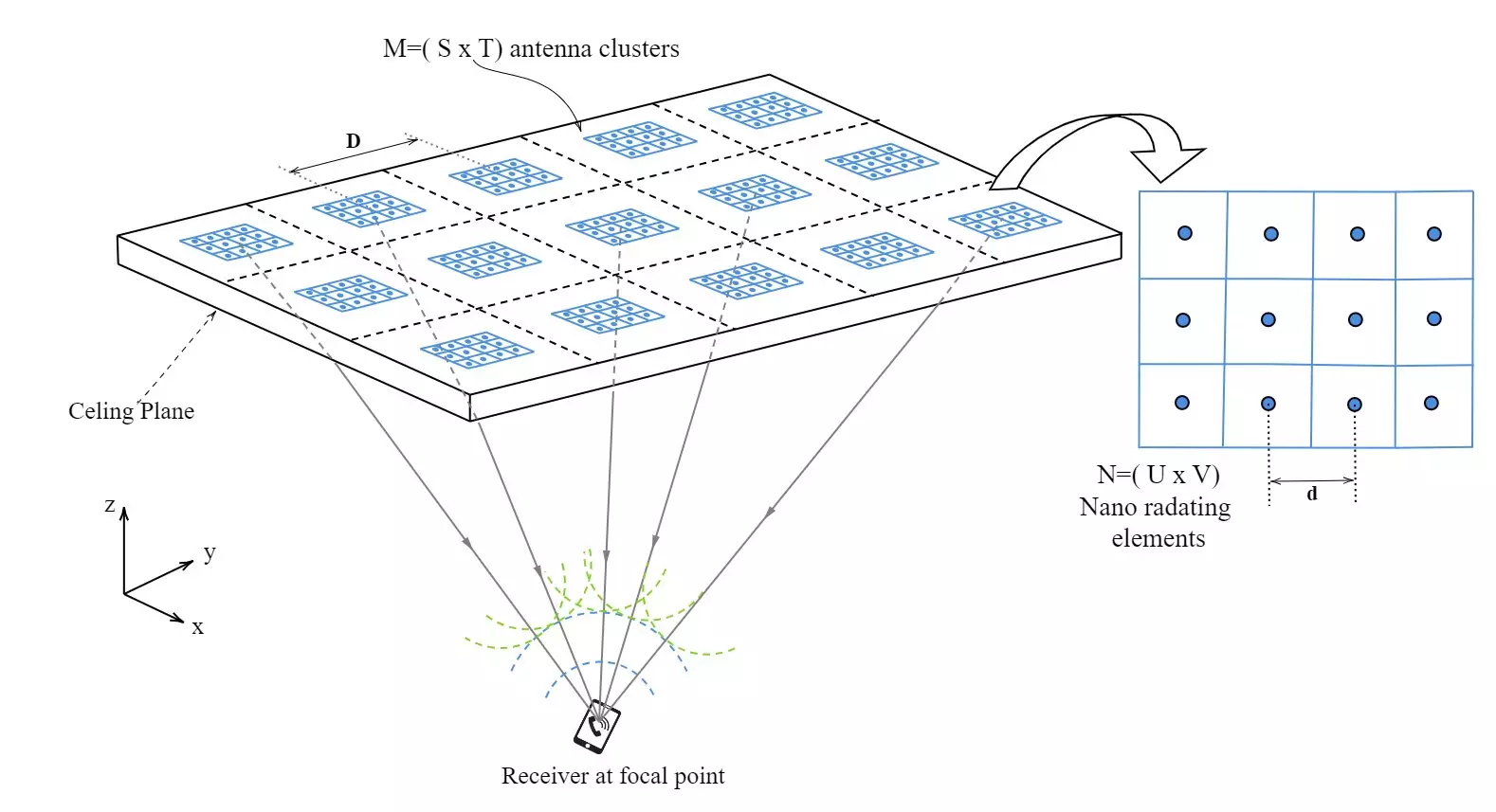In an era marked by extraordinary data demand, the effectiveness of traditional wireless technologies such as Wi-Fi and Bluetooth is being scrutinized. As users increasingly rely on seamless connectivity for various applications—from streaming high-definition content to smart home devices—the limitations of conventional radio frequency (RF) technologies are becoming stark. Concerns over bandwidth restrictions and signal interference are leading researchers to explore innovative solutions. One of the promising areas of research is Optical Wireless Communication (OWC), which aims to redefine the standards for reliability and speed in indoor communication systems. This article delves into the cutting-edge research facilitating this evolution.
The fundamental issues plaguing RF technologies are numerous. Bandwidth limitations and signal congestion hamper performance and prompt frustration among users. These challenges are especially pronounced in densely populated environments, where multiple devices vie for limited frequencies. As society continues to embrace increasingly connected lifestyles, the quest for a solution that offers scalable, high-speed data transmission becomes critical. Optical Wireless Communication seeks to address these shortcomings by leveraging the advantages of light, primarily infrared (IR) technology, to foster a more robust communication infrastructure.
Recent research published in the IEEE Journal of Lightwave Technology unveils a revolutionary system that enhances the way data is transmitted wirelessly. This breakthrough is underpinned by an ingenious architecture dubbed the “phased array within a phased array.” Drawing an analogy from quantum physics, this concept capitalizes on multiple layers of optical antennas, which are meticulously arranged to create a powerful, interference-free transmission medium. This innovative configuration is designed not just to transmit signals but to do so with unprecedented fidelity, adapting to the dynamic needs of various environments and applications.
At the core of this technological advancement lies the strategic use of multiple clusters of transmitting elements. By employing a multi-cluster architecture instead of a singular transmitter, the new system mimics the overlapping states seen in quantum superposition, which results in clearer and more reliable signals—especially crucial in environments rife with obstacles and potential interference. Complementing this design is the utilization of dual transmission wavelengths, which optimizes the focus and stability of the signal. This innovative approach mitigates the risk of signal fading, ensuring a consistent connection by enhancing beam accuracy.
In addition to high performance, the emphasis on energy efficiency positions this new technology as a sustainable alternative to traditional systems. The employment of an Ant Colony Optimization (ACO) algorithm represents a paradigm shift in resource management. Inspired by nature, this algorithm intelligently adapts the system to activate only the clusters essential for transmission, drastically reducing unnecessary energy consumption. As digital landscapes become increasingly laden with devices and applications, such a focus on energy conservation can significantly lower operational costs and diminish the ecological footprint of wireless communication systems.
The implications of these advancements extend far beyond just faster data rates or improved reliability. The research opens avenues for optical wireless networks that can revolutionize industries ranging from healthcare to industrial settings. For instance, in medical environments where assured communication is vital, this technology can ensure timely and safe data transmission. Moreover, the principles outlined in this research are not confined to infrared wavelengths, suggesting that they could adapt to other ranges, thus allowing for scalability as technologies progress.
Ultimately, embracing Optical Wireless Communication not only addresses the immediate challenges posed by traditional RF technologies, but it also reshapes the architectural foundations of communication systems. It serves as a catalyst for a future where connectivity is not merely a convenience but a seamless, reliable, and sustainable aspect of everyday life. As we embark on this journey, the goal is clear: create more efficient, capable, and eco-friendly networks that empower individuals and industries alike, heralding a new age of connectivity in our increasingly digital world.


Leave a Reply